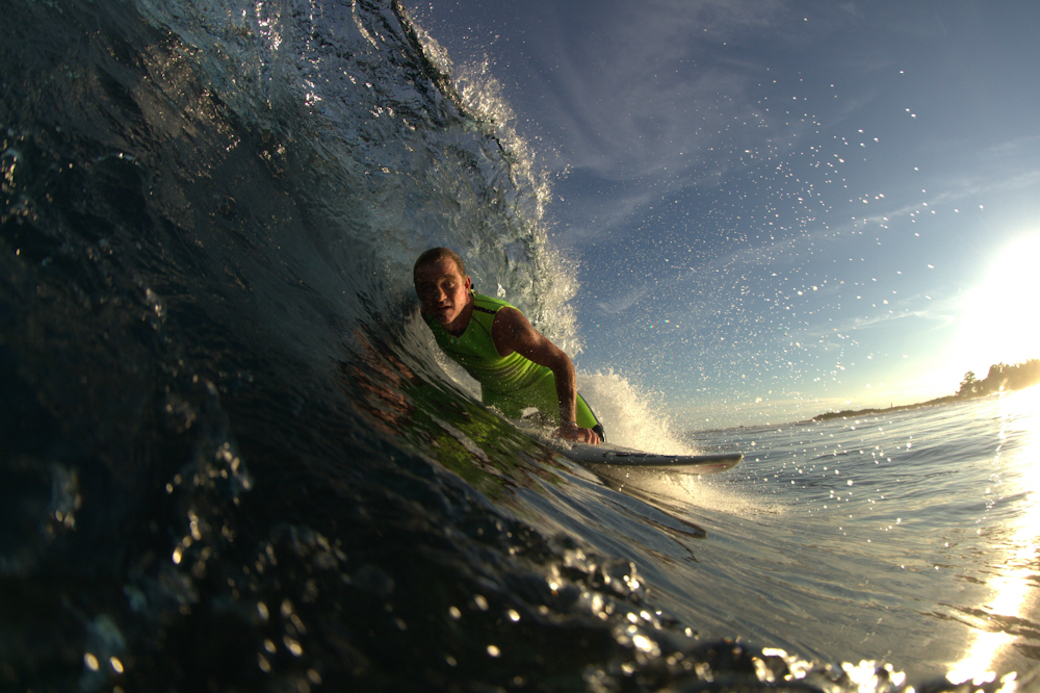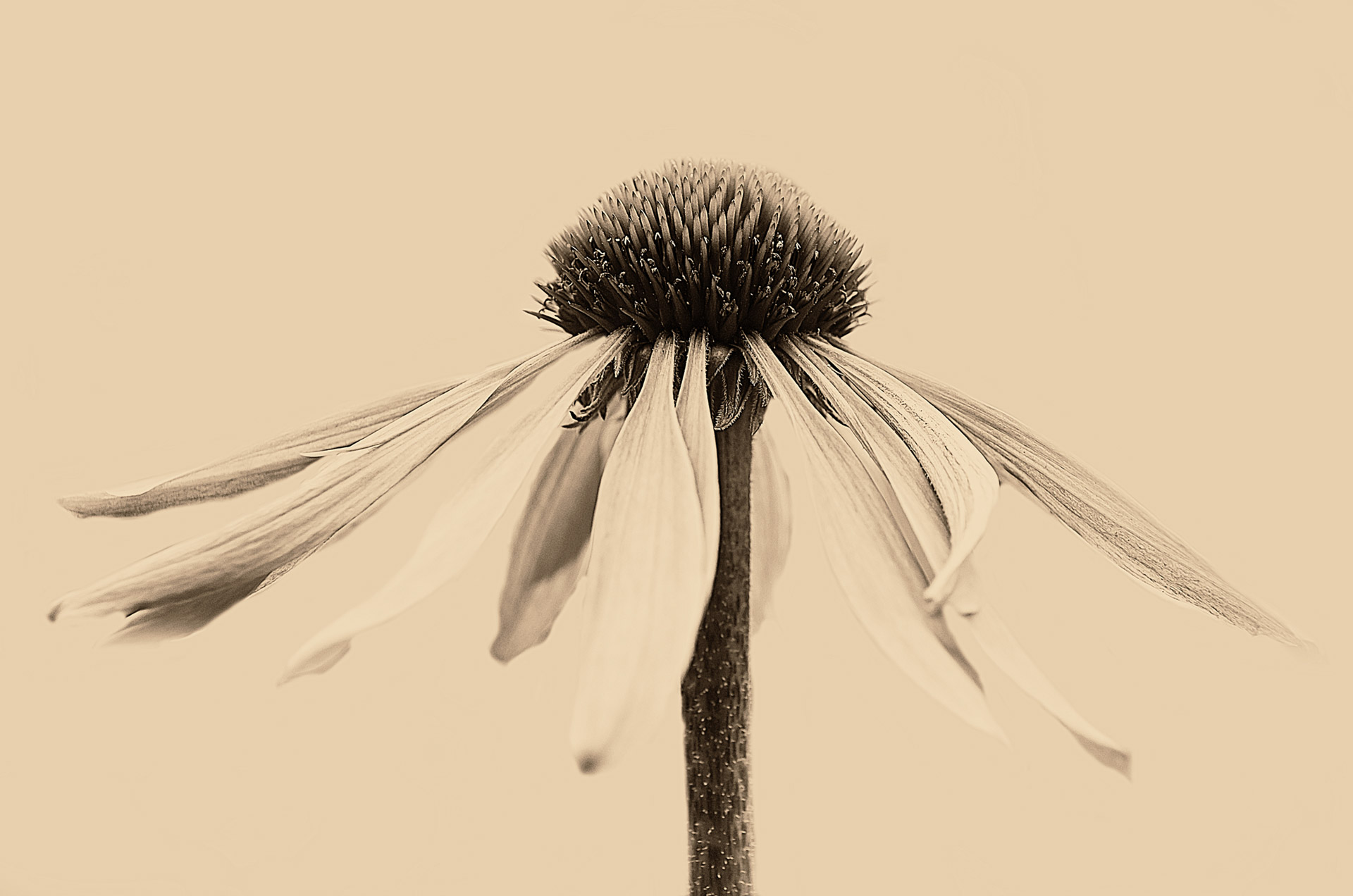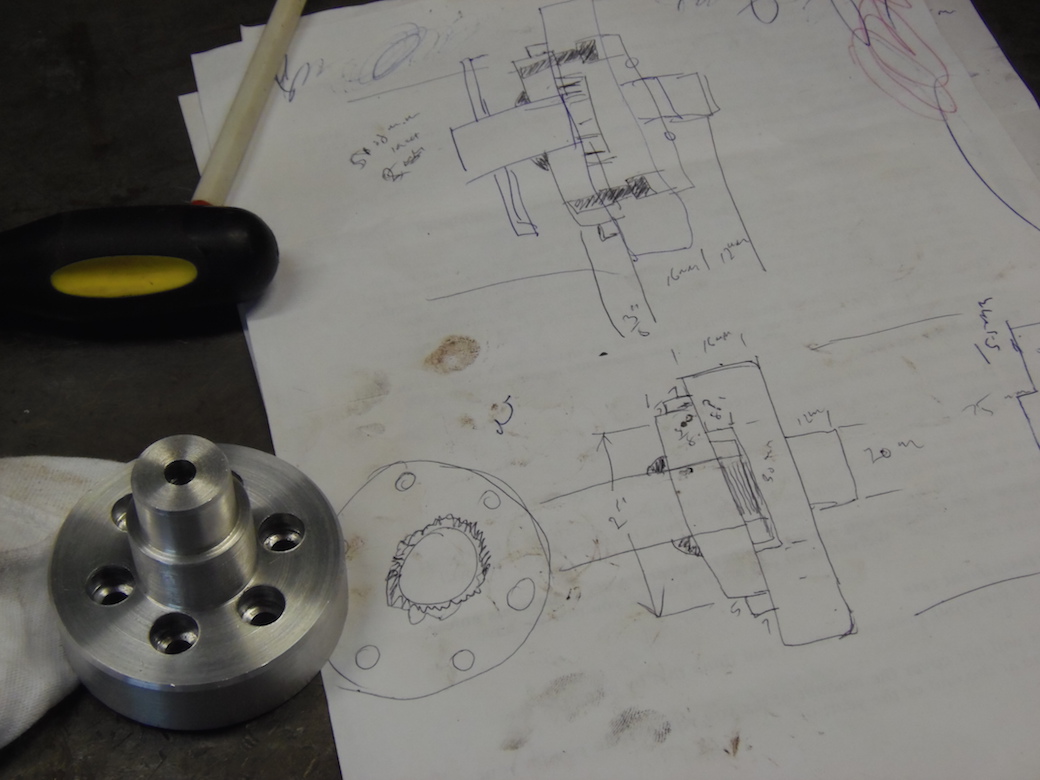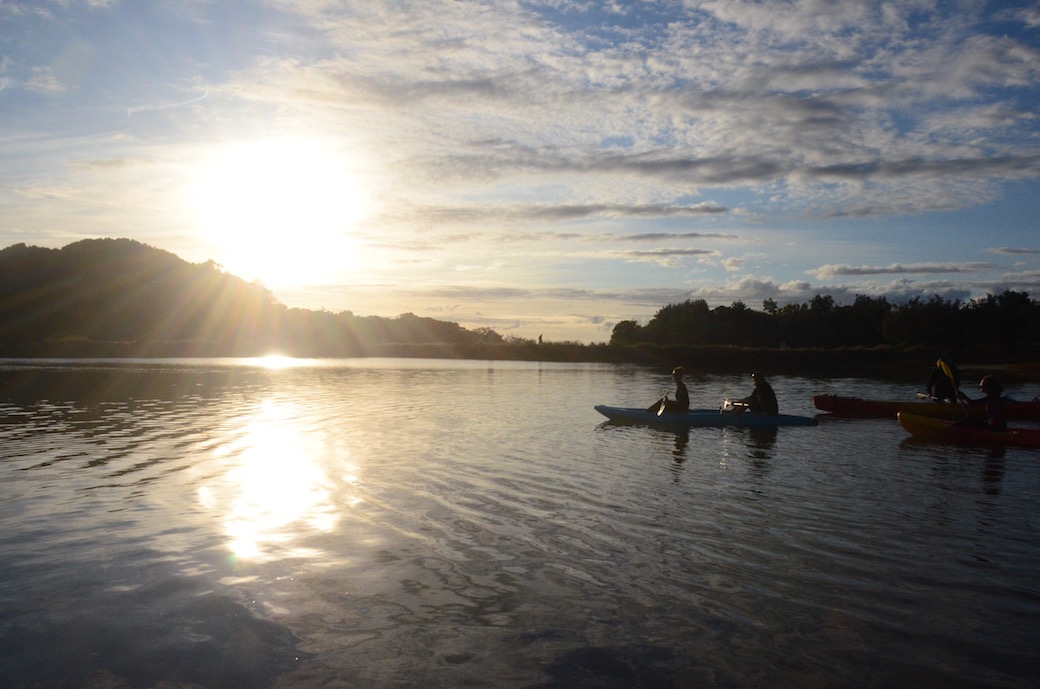
A DROP IN THE OCEAN | MARK ‘MONO’ STEWART
Adversity is relative.
When we are toddlers a soggy nappy is Armageddon, in high school double-homework on the Friday afternoon is a catastrophe. In adult life, hardship mans up, expands exponentially and kicks into fifth gear, but still, when compared to almost anyone else on the planet, we get it easy.
When Mark ‘Mono’ Stewart was fifteen and he was told he had osteosarcoma, (bone cancer to you and I) he could have crumbled; during the year and a half of chemotherapy he could have wallowed in self-pity; when the doctors removed his right leg above the knee, he could have given up. But to this day, Mark has not for one moment thought himself unfortunate, a victim or a martyr. Hell, he hasn’t even got a disabled parking permit.
And suddenly, the hardships of the average citizen, those things that draw tears from our eyes and steal sleep from our nights, dwindle to distant horizons.

Mark Stewart has an infectious positivity, inspiring to say the least and more than a little humbling. My world ends with a bad migraine, but Mark has laughed and surfed his way through more than I could possibly imagine, all with an unwavering smile.
“I used to surf on weekends,” Mark recalls of his bipedal youth. “Dad would drive us down from the farm. Then I lost my leg when I was fifteen and spent eighteen months having chemotherapy in Sydney. Whenever I was out of hospital I’d be straight back into the surf. I’d be in there for three weeks and then they’d let me out, I’d come home and after about six months I started working out how I could surf again.”
Born on a dairy farm behind Mullumbimby and raised in a Nimbin fish and chip shop, where Old Man Stewart grew potatoes to accompany the fish caught on the Brunswick River, Mark is a dyed in the wool local. From a young age, surfing was in his blood and, he admits today, this passion was his strength and inspiration.

“One of the hardest parts was coming home from Sydney. It would take me a few days to get over the illness and then I’d feel good for a couple of days and surf, but then, a couple of days before I went back, I’d be physically sick knowing I was about to get the treatment again. I was in what they called a special unit and there were about ten people on the ward. I was in there with them for three weeks at a time and they became really good friends. Each time I went back, somebody would be missing – they’d died while I was away. That was one of the hardest bits, especially doing it for eighteen months.
“I never once thought I was going to die. It wasn’t until about ten years later, when I was on a trip to Hawaii, that my mum pulled me aside and told me that the doctors had given me two years to live. I couldn’t speak to her for twelve months after that, I was so pissed off. And then I realised that it was probably the best thing that had ever happen because, had I known that I was going to die, I don’t know where I would have been mentally. Even though I was sick, all I wanted to do was surf again. That’s what kept me going, just wanting to get out and surf.”

It hadn’t occurred to Mark that perhaps his surfing days were over, and his love of the ocean combined with the support and camaraderie of the local surfing community got him back onto his foot. He didn’t view himself as disabled, and never has, but he did need to reassess the way he did things, especially in the waves.
“I got on a boogie board and surfed Main Beach and the Pass for a few years. In about 1977, I wrote a letter to Tracks Magazine asking if there was anyone on the North Coast who could help me out or suggest how I could surf again. A chap called Ronnie Fiddler – an amputee from Cronulla – gave me a shout. He surfed and had developed a knee well in one side of his board. I went around and met him and it all started from there.”
Starting out on the boogie board, he soon progressed to a kneeboard, getting the shaper to hollow out a shallow well for the remainder of his right leg. Always finding the bright side of every situation, he soon found that his lack of limb allowed him to pull in far further and deeper to the North Coast’s barrelling right-hand point breaks than his upright counterparts.

Nothing had changed. Sure, he was surfing three feet lower than he had been used to, but he was throwing himself over the ledge, tearing it up and charging just as hard as ever. He didn’t see himself as different and nothing was going to hold him back.
Five years after Mark’s right leg hopped it, Peter Ware, co-founder of Friar Tuck Kneeboards, migrated north from his factory in Brookvale, Sydney. The move could not have been more fortuitous for Mark and the longstanding partnership began.
Bought out by David Parkes in 1983, Friar Tuck and Parkes Kneeboards have not only been employing Mark as sprayer and airbrusher but also custom shaping his boards for the last twenty years.
“Parkesy knows exactly what I want. My boards nowadays, every one goes better than the last. Dave shapes the board and then I shape the knee well in – that way, if it’s wrong it’s my fault! We’ve got it down to a fine art now… they’re certainly a lot different to what they were in the late ‘70s.”
Mark began competing in the mid-1980s against regular, four-limbed, able-bodied surfers, some of whom even had the gall to suggest that Mark’s lack of leg and necessary board refinements gave him an unfair advantage in competition.
About seven years ago, Mark tried snow skiing for the first time and took to the sport immediately. Somewhat of a natural, he was invited to try out for the development squad for the Australian Paralympics team. Flying to Canada for the training, he met a large array of individuals just like him from all over the world – disabled in body, perhaps, but every bit as capable, athletic and talented as any able-bodied sportsperson.
This sparked something of an awakening in Mark. He had never thought of himself as physically incapable, never begged sympathy or special treatment for his hindrance and never allowed his loss of limb to shape the way he lived. But the trip to Canada showed him something different, a whole world of positive motivation, accepting of his disability and empowering him to make even more of his talents.

“That [going to Canada] just opened my eyes right up. I was in this international camp over there with people from all over the world that had all sorts of disabilities and it made me realise that, compared to these amazing people – unbelievable, strong-willed – losing a leg is nothing. It made me really want to help people.”
This brought a new perspective to Mark’s life. While he still refused to pigeonhole himself as ‘disabled’, he realised that his handicap could be the start of something great. His years of surfing in able-bodied events had given him the competitive spirit, but now he realised that he could compete at an equally high level against surfers more akin to his situation. When the International Surfing Association’s (ISA) World Adaptive Surfing Championship was suggested to him by a friend, Mark leapt at the opportunity. The championship caters to anyone of any disability, from missing fingers to multiple amputations, and features three divisions: stand-up, upright and prone. Mark’s abilities and technique place him into the middle category and, although in the upper age range of competitors, his chances look good. But it nearly wasn’t to be:
“I only found out about the event through a friend in Canada,” he recalls. “They phoned me up and said, ‘are you going to the World Titles?’ ‘What World Titles’, I said! I did some research, sent them some photos and info and went and did a trial. I got into the Australian team, but when they sent my entry over, it was after the cut-off date and there were no spots left.
“I was panicking and ringing people and try to get in. The ASA (Surfing Australia, formerly the Australian Surfing Association) pushed really hard and finally the ISA expanded the contest to fit both me and other surfers in.”
Taking place at the end of this month, the ISA World Adaptive Surfing Championship hosts over 65 entrants from 17 countries across the various divisions. It is the holy grail of his surfing career and Mark hopes what could be, in some regards, his last hurrah in the contest arena pays out. But entering the event and his hope of a win are only stepping stones in a bigger picture.
Mark has always done it alone. He has had some generous support and helpful advice, but essentially he has been a solitary pioneer. Inspired by the trip to Canada and discovering more about what the rest of the world offers its disabled athletes in terms of coaching and mentoring, Mark, along with his team mate, Jade ‘Red’ Wheatley, is hoping to develop a disabled surfing high performance centre, enabling Australian surfers to develop their skills under Mark’s expert tutelage. He is already anticipating helping disabled surfers from around the world at the ISA Championship, sharing openly with his adversaries the techniques, designs and skills he has had to learn for himself.

Mark’s life hasn’t been easy, but you’d never know that talking to him. Tenacious, filled with positivity and eagre to help anyone less fortunate than himself, without the obvious omission in the lower leg department, you’d never know he had had to relearn his way of life at the age of 15. Pity and sympathy have never been applicable to Mark, he’s always been too busy living life to the fullest. But regardless of his lost limb and two-year battle with cancer, Mark is an inspiration; not for what he has overcome, but for how he lives so completely, filled with a boundless optimism and compassion – a humbling lesson we could all do well to learn.



Portrait Photos: Kirra Pendergast
– This article first appeared on Common Ground Australia on Sep 3, 2015
You May Also Like

MT WARNING | A METAMORPHOSIS
May 31, 2015
13,000 DAYS
July 21, 2015

